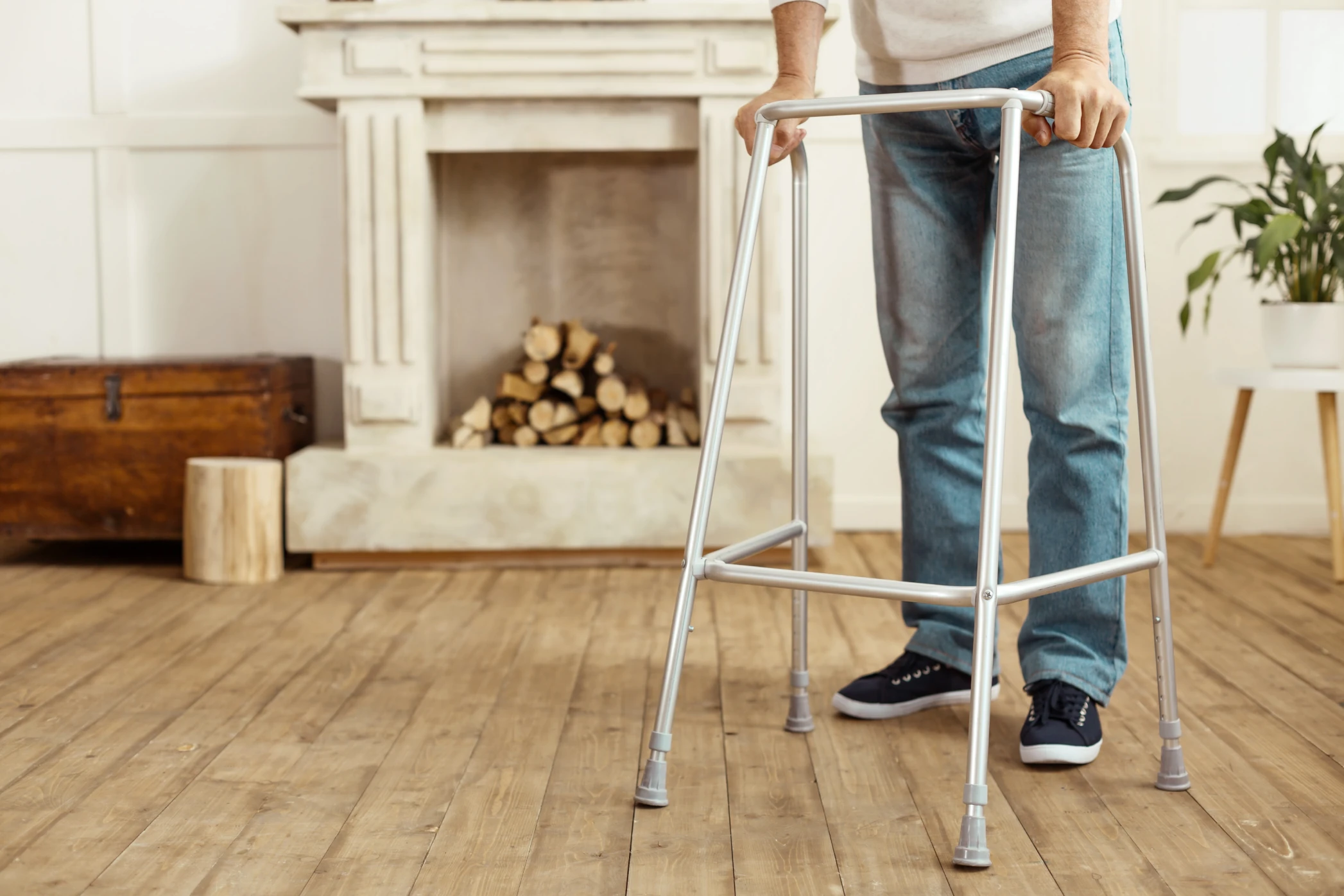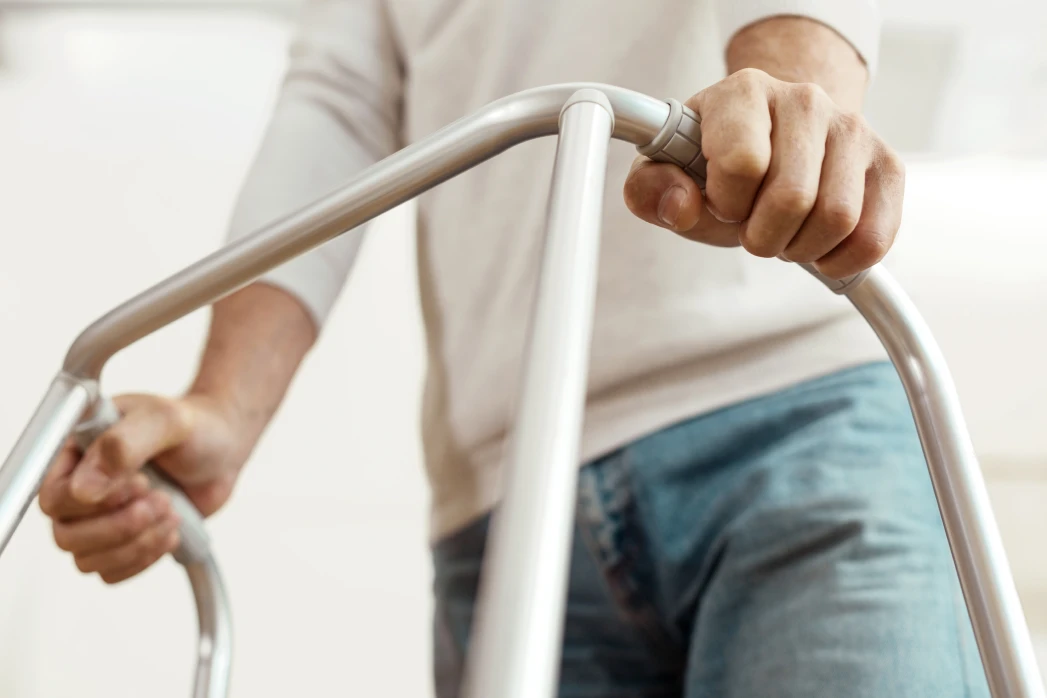Home modifications
- Suzanne Walsh, Stroke Advanced Nurse Practitioner
- 3 minute read
- Last updated: November 2023
After a stroke, you might need to make changes to your home so that it is accessible and safe. If you are dealing with mobility, balance or vision issues, some simple modifications can allow you to live more independently. You may be eligible for a grant to help with the costs of modifying your home.

Before you leave hospital
It is important that your home fits your new needs. While you are still in hospital, your occupational therapist (OT) or physiotherapist might visit your home to see what adaptations should be made before your return.
They might recommend that you install a front door ramp or handrails or advise you to live downstairs. If these adaptations are deemed essential, they will have to be in place before you are discharged home.
Your OT may also offer suggestions for changes that would be helpful but that are not essential.
Depending on your means, you may be eligible for a government grant to help with your home adaptations.
Common home modifications

Grab rails and handrails
Grab rails and handrails in key areas such as bathrooms, staircases and hallways can help keep you stable and supported as you move around your home.
Wheelchair ramps and lifts
If managing stairs is difficult, wheelchair ramps and lifts will make it easier for you to get in and out of your home and move between floors. If downstairs living is not possible, and the bed and toilet are upstairs, they could be essential.
Bathroom accessibility
It is vital that your bathroom is accessible to you after your stroke. Installing a walk-in shower with a built-in seat, grab rails and non-slip mats can help prevent falls and make showering easier. Lowering the sink height and adding a raised toilet seat can also help.

Doorways and hallways
Some people need wide doorways to accommodate their wheelchairs or walking aids, so door frames may need to be removed for easier access. Narrow hallways can cause problems as well. They may have to be widened or made less obstructive – radiators may need to be moved, for example.
Home automation and assistive technology devices
Installing home automation can make daily tasks easier and give you more control over your environment.
This could include voice-activated devices, smart home technology or adaptive switches that control lights, temperature and things like window blinds and cookers.
Accessibility in the kitchen
Lowering countertops, installing pull-out shelves and using adaptive cutlery can give you more independence and make it easier to prepare meals.
Flooring modifications
Replacing carpets with non-slip flooring such as laminate or vinyl can reduce your risk of falls. If you are using a wheelchair, smooth and level flooring is essential for easy accessibility.
Lighting adjustments
Having good lighting plays a big role in improving visibility and preventing accidents. Installing task lighting or motion-activated lights in areas such as hallways, staircases and bathrooms can enhance safety.
Reorganising furniture
Rearranging furniture and removing unnecessary clutter creates clear pathways throughout the home, and makes it easier for stroke survivors to navigate their way around safely.
Emergency alert system
Installing panic buttons/pull cords or wearing a pendant alarm on your wrist or neck can help you access emergency help if you need it. If you are caring for someone after a stroke, look for signs such as their blinds not being open in the morning, not seeing them going for their morning walk or their telephone not being answered. These can be indications that they need help.